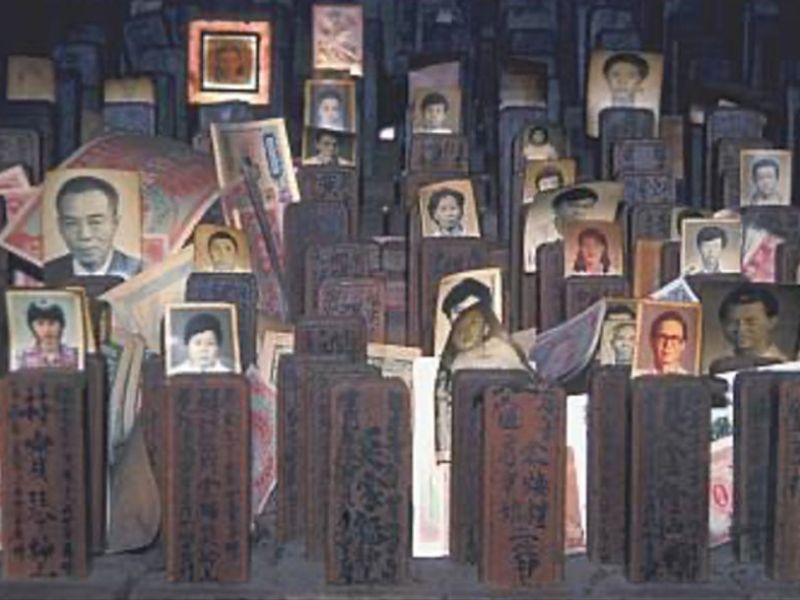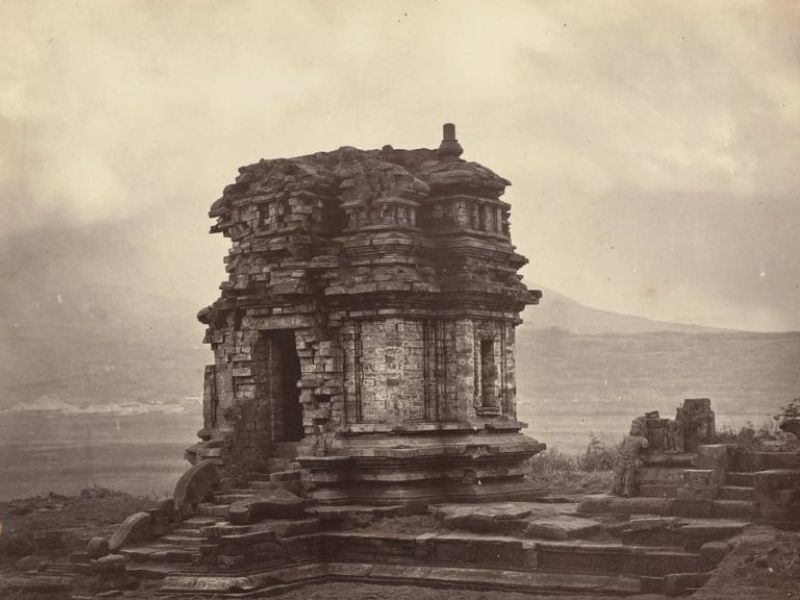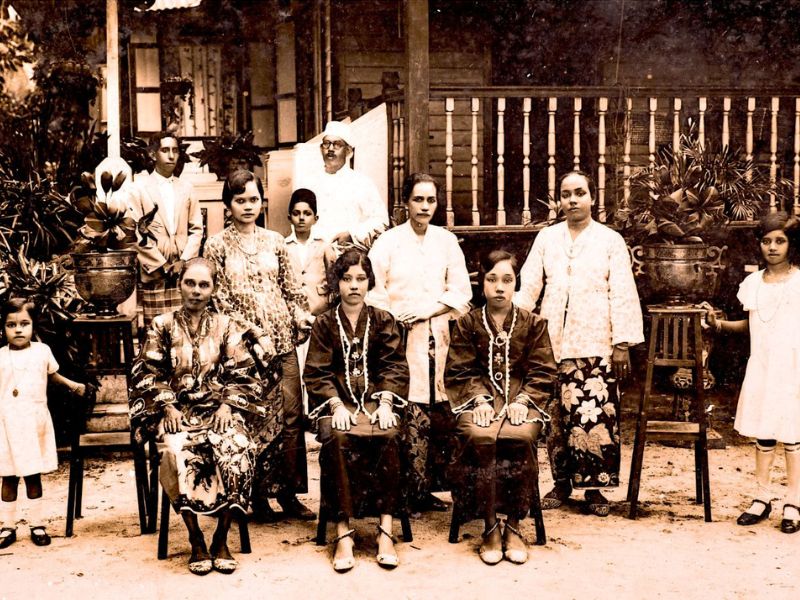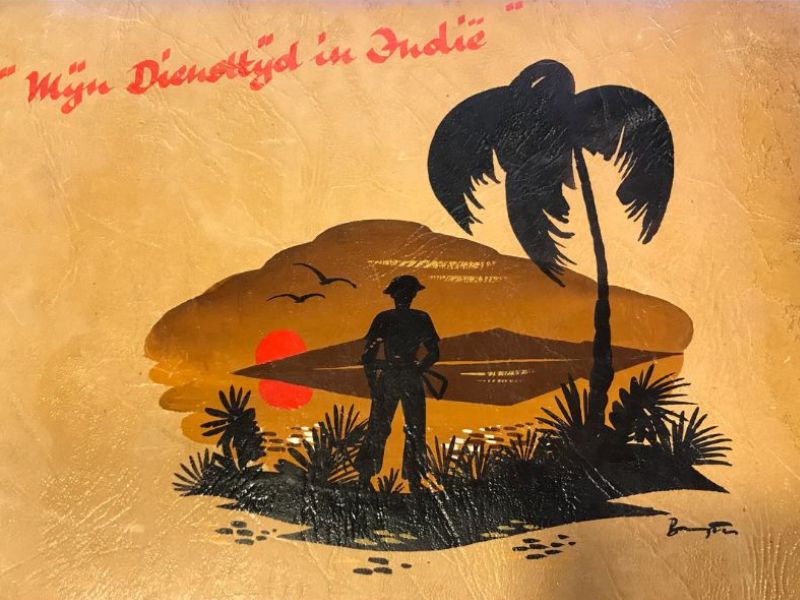

Tablets of Ancestors with photo portraits in Cheng Hoon Teng Temple (Chinese immigrants) in Malaysia ©Jeehey Kim
One can find ancestral portrait paintings of East Asia in museums, exhibitions, and even antique shows on television. Then, where are funerary portrait photographs to be found? They are at home, funerals, annual memorial services, as well as in national memorial halls, courts and protests on street. Funerary portrait photographs signal the absent presence of the deceased, testifying to the existence of invisible ancestral spirits. This presentation draws upon my dissertation titled “Death and Photography in East Asia: Funerary Use of Portrait Photography,” which compares the practice of funerary photo-portraiture in China, Korea, Japan, Taiwan, and Vietnam by examining the basic concepts underpinning it.
JEEHAY KIM
Jeehey is an assistant professor in the art history program at the School of Art, University of Arizona. She has been publishing on Korean photography, including her first book, Photography and Korea. She has been writing on vernacular photographic practices, documentary films, and visual culture in relation to the Cold War and gender politics in East Asia. At the University of Arizona, she launched a series of symposia on Asian photography with the Center for Creative Photography in the Spring of 2022. She is currently working on her second book project on the funerary use of portrait photography in East Asia.

Japanese Butsudan (ancestor altar) with photos of one’s ancestors ©Jeehey Kim
View the entire series here.
Payments for Individual Lecture: TAASA members: $15, Non-members: $25
ALL BOOKINGS AND PAYMENTS ARE TO BE MADE IN ADVANCE VIA THE TAASA WEBSITE. NO REFUNDS


